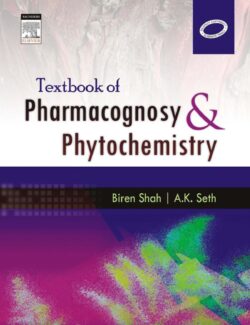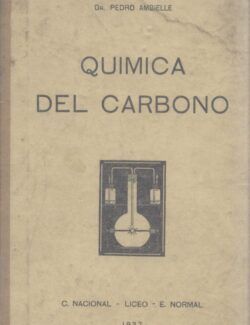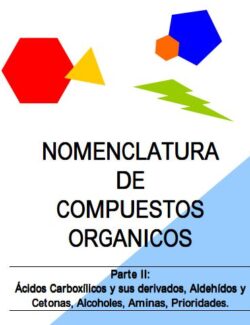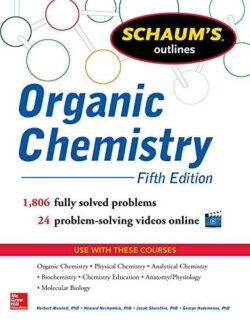Descripción
Fundamentos de la ciencia e ingeniería de materiales es una versión alternativa de mi texto, Ciencia e ingeniería de materiales: una introducción, quinta edición. El contenido de ambos es el mismo, pero el orden de presentación difiere y Fundamentals utiliza tecnologías más nuevas para mejorar la enseñanza y el aprendizaje. Con respecto al orden de presentación, existen dos enfoques comunes para la enseñanza de la ciencia e ingeniería de los materiales: uno al que llamo el enfoque “tradicional” y el otro al que la mayoría se refiere como el enfoque “integrado”. Con el enfoque tradicional, primero se presentan las estructuras / características / propiedades de los metales, seguidas de una discusión análoga sobre materiales cerámicos y polímeros. Introducción, quinta edición está organizada de esta manera, que es la preferida por muchos profesores de ciencia e ingeniería de materiales. Con el enfoque integrado, se presenta una estructura, característica o propiedad particular para los tres tipos de materiales antes de pasar a la discusión de otra estructura/característica/propiedad.
Este es el orden de presentación en Fundamentos. Probablemente la crítica más común a los libros de texto universitarios es que son demasiado largos. Con los textos más populares, el número de páginas a menudo aumenta con cada nueva edición. Esto lleva a los profesores y estudiantes a quejarse de que es imposible cubrir todos los temas del texto en un solo término. Después de luchar con esta preocupación (intentar decidir qué eliminar sin limitar el valor del texto), decidimos dividir el texto en dos componentes. El primero es un conjunto de temas “básicos”: secciones del texto que se cubren con mayor frecuencia en un curso de materiales introductorios, y segundo, temas “complementarios”, secciones del texto que se tratan con menos frecuencia.













Déjanos un comentario
No hay comentarios